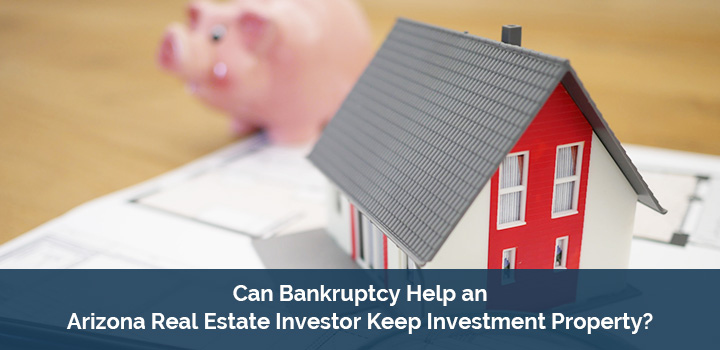
Real estate bankruptcy has risen. With the financial downturn of the last several years, and the corresponding deterioration of lease rates for real estate, many real estate investors have found themselves in the unenviable situation of owning residential or commercial real estate that does not generate sufficient revenue to cover the debt service. Faced with such a situation, the real estate investor usually sees two alternatives: (1) to hold on to the real estate and try to minimize losses by continuing to lease it out, in the hopes that eventually the market will recover, and the investor will be able to offset the current losses with future gains derived from increased rents, or (2) to cut the losses short and let the lender foreclose on its collateral.
Real Estate Bankruptcy Choices
The first of these options is not very attractive, because the investor’s financial situation may not allow him/her to continue to take losses for years in the hopes of a market recovery. This is especially true if the investor’s primary source of personal income is the lease or rental of real property. The second option can be even more unattractive because, at least when it comes to commercial property or multi-unit residential property, allowing the lender to foreclose will likely expose the investor to personal liability for the deficiency balance of the debt. Even where the mortgage is non-recourse (as is usually the case with single-family or two-family residential real estate), the investor may still wish to avoid the foreclosure route, either because of the unique characteristics of the specific piece of real estate, or because the investor cannot obtain financing for a new or alternative investment, or for a number of other possible reasons.
Chapter 11 or Chapter 13 Could Help
There is, however, a third alternative, which is often not considered because the investor is not aware of it—the adjustment of debt through bankruptcy. A Chapter 11 bankruptcy (or Chapter 13 bankruptcy where appropriate) is a unique mechanism that allows a real estate investor to modify secured debt in a number of different ways. First, the secured portion of the mortgage or loan can be reduced to the value of the property securing the debt. So, for example, if the mortgage balance is $150,000, but the market value of the property is $100,000, the mortgage can be reduced to $100,000, with the remaining $50,000 being treated as unsecured debt. Second, the interest rate on the secured debt can be modified to more accurately reflect current market conditions. Third, the amortization (or repayment) term for the secured portion of the debt can be extended or otherwise modified. Together, these techniques can often allow the investor to both keep the investment property and to reduce the monthly debt service to well below the amount of monthly rent, making the continued rental or lease of the property profitable again.
In addition to reducing the secured debt, Chapter 11 or Chapter 13 bankruptcy also allows the investor to deal with unsecured debt, whether it be the unsecured debt resulting from the reduction of the mortgages on the investor’s property, or other unsecured debt, such as credit cards or signature loans. Such debt can often be drastically reduced, and the reduced amount paid over time and usually without interest.
There are additional benefits of bankruptcy to a real estate investor, such as the ability to terminate unfavorable leases or contracts.
In short, real estate bankruptcy may be a beneficial option to an investor facing financial difficulties, and should be reviewed as part of a comprehensive analysis of debt management options. Of course, whether bankruptcy is the right option for a specific real estate investor cannot be determined without knowing all the facts of the investor’s specific situation, and is something that should be evaluated in consultation with a qualified bankruptcy attorney.

